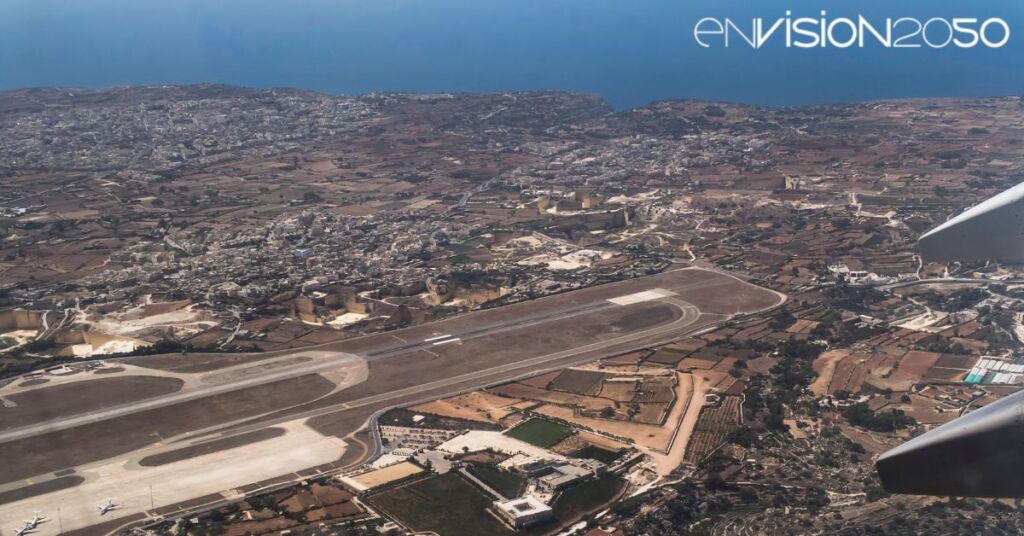Malta Plans To Increase Tourist Arrivals To 4.5 Million A Year By 2035

Malta plans to boost tourist arrivals to 4.5 million within the next decade, aiming to significantly enhance the tourism sector’s economic impact. This initiative is part of the broader Malta Vision 2050 strategy, an economic blueprint focusing on sustainable growth and unveiled just this Tuesday.
The government’s strategy moves towards a high-end tourism model that emphasises quality over quantity by improving the nation’s offerings in conferences, festivals, and exhibitions. This shift is designed to attract wealthier tourists and stands in contrast to previous approaches.
Under these new plans, tourist spending per night could nearly double, reaching up to €285 from last year’s €144. However, these targets could adjust depending on inflation, with a non-inflation-adjusted goal set between €220 and €230 per night.
Tourist numbers are expected to rise from 3.6 million last year to 4.5 million by 2035. With this increase, the tourism sector’s contribution to Malta’s economy could potentially skyrocket to €2.9 billion annually, a substantial leap from the current €1 billion.
The strategy also outlines a slowed growth in the sector’s expansion rate, targeting a Gross Value Added (GVA) growth of 6% to 7% rather than the previous decade’s 8%. GVA reflects the specific economic value added by different sectors within a country.
Detailed plans include the construction of a multi-purpose conference centre, theme park, and events celebrating Malta’s rich heritage and culture. The government also aims to enhance luxury accommodations and upscale holiday homes in Gozo, expand Michelin-starred dining, upscale retail offerings, and exclusive tours that showcase premium Maltese experiences.
In an effort to draw in high-spending tourists from the US and other distant locations, Malta is looking to extend its aviation reach. Planned developments include more long-haul flights to North America, the Middle East, and Asia, along with a new cargo terminal and improved servicing facilities at Malta International Airport.
The use of advanced technologies like satellites and AI is expected to streamline air travel routes, enhancing efficiency and connectivity. These initiatives are part of Malta’s effort to leverage EU funds for advancing research and development in aviation, potentially increasing the sector’s annual economic contribution to a staggering €3.3 billion, which would make up to 9% of the country’s GDP.
This comprehensive overhaul of Malta’s tourism and aviation sectors seeks to sustainably grow the economy while responding to past critiques about the sustainability of tourism growth and cultural impact. By opting for quality over quantity and integrating high-value services and infrastructure, Malta aims to redefine its position both as a premiere tourist destination and a pivotal economic player in the region.
